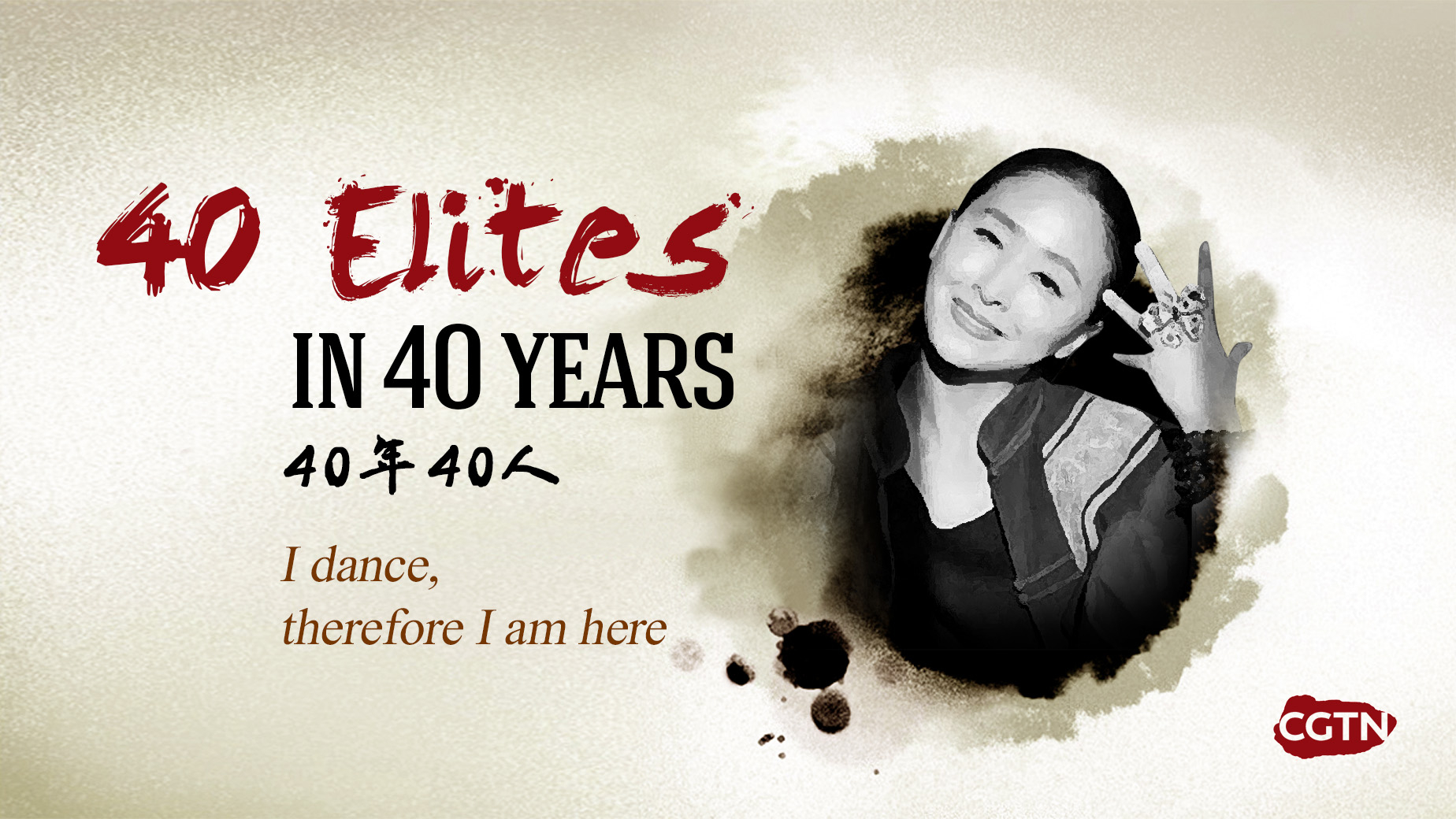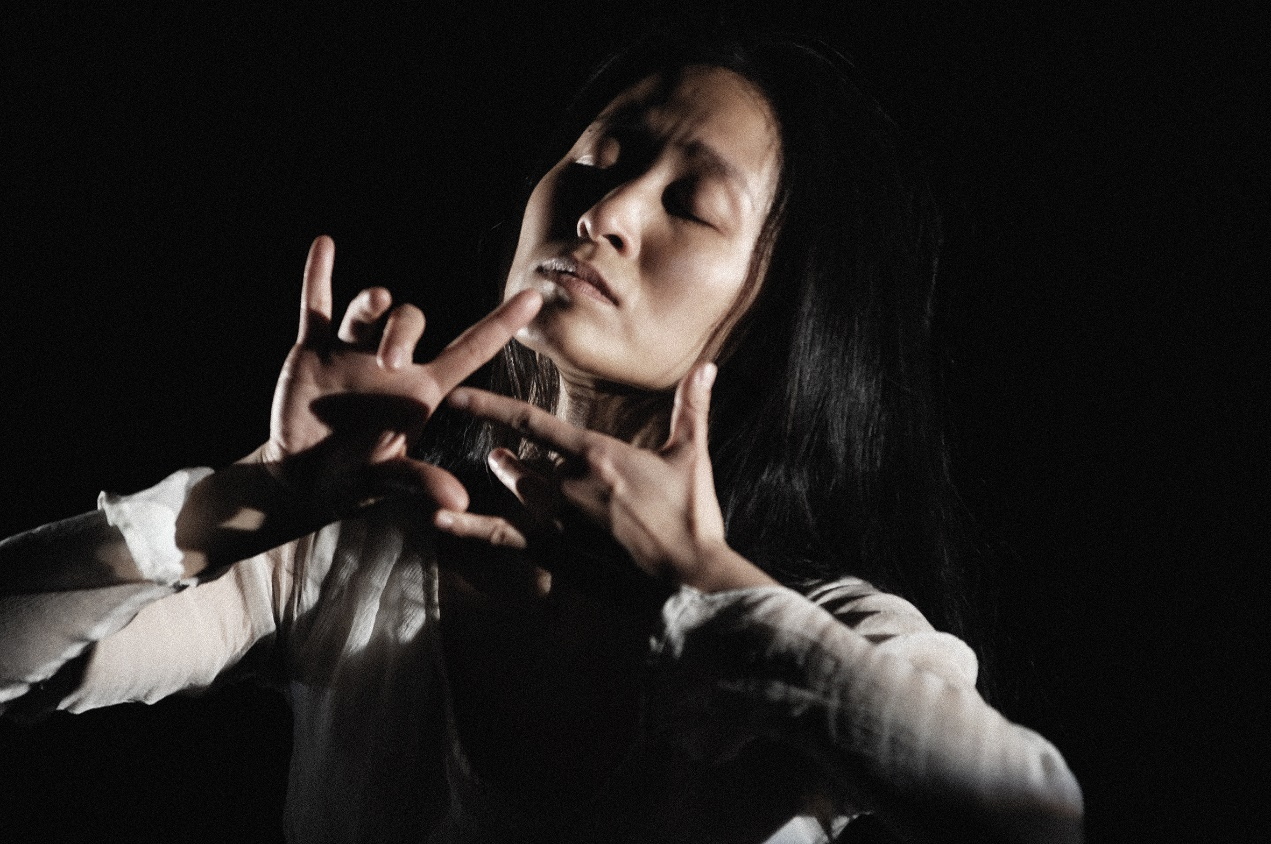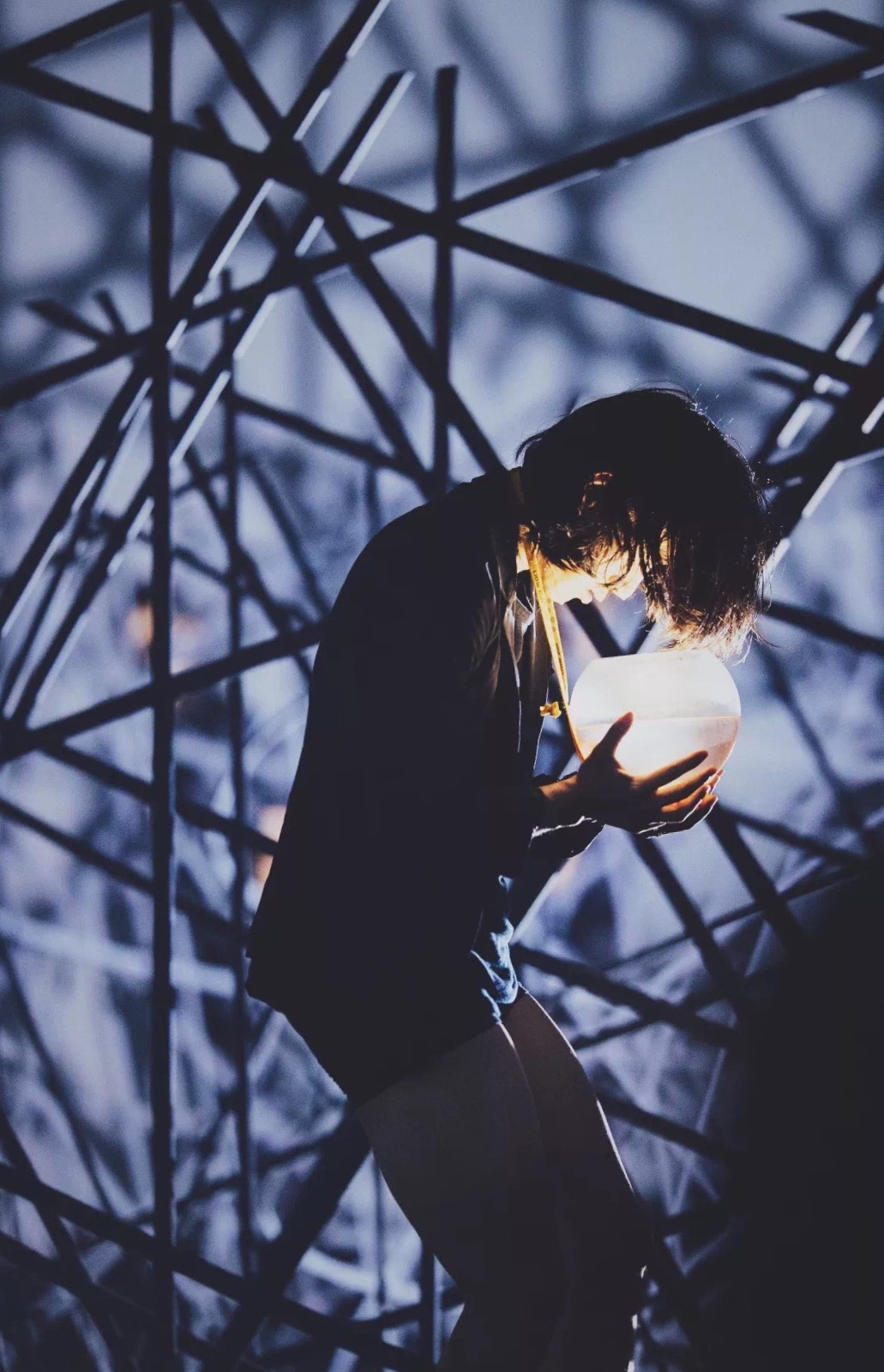
China
21:23, 06-Oct-2018
40 Elites in 40 Years: I dance, therefore I am
Updated
21:14, 09-Oct-2018
CGTN
03:59

In August this year, world-renowned installation artist Olafur Eliasson held a grand art exhibition titled "The Unspeakable Openness of Things" at Beijing's Red Brick Art Museum. It wasn't just an ordinary art exhibition. Instead, the Chinese capital had witnessed something phenomenal.
Eliasson, who is best known for his large-scale installation art employing elemental materials such as light, water, and air, was joined by dancers from the Beijing Modern and Contemporary Dance Company.
The dance show was staged in four of Eliasson's large installations. The performance was presented in four mesmerizing pieces: "Light", "Wind", "Shadow" and "Water".
The electrifying blend of Eastern and Western cultures thrilled the city of Beijing. The event is widely regarded as one the most successful major art carnivals in China in 2018.

The four mesmerizing pieces: "Light", "Wind", "Shadow" and "Water" from "The Unspeakable Openness of Things"
The four mesmerizing pieces: "Light", "Wind", "Shadow" and "Water" from "The Unspeakable Openness of Things"
Gao Yanjinzi, artistic director of Beijing Modern and Contemporary Dance Company, was the force behind this riveting fusion of modern arts.
Born into a family of traditional dancers in southwest China's Guizhou Province, Gao says dancing has always been an inextricable part of her life. She became a trained dancer much before she turned 17.
"When I was little, I would add dance to almost everything. I would dance while getting a glass of water from the kitchen; I would walk away in a dancing pose."
Gao graduated from the Contemporary Dance Department of the Beijing Dance Academy in 1995, and joined the Beijing Modern and Contemporary Dance Company at the end of the same year.
Gao acquires her artistic inspiration not only from her profound traditional and modern dance skills but also from her philosophy.
Each performance emits mysterious energies and every rotation breaking the boundaries of "traditions", "cultures" and "regions".
Gao's dance style and choreography have attracted international attention, gaining applauses for "embracing strong Oriental elements," while stage presentation has always been "beyond imagination."

In 1993, the Beijing Dance Academy introduced the first course on modern dance. At that time, the dance form has already developed in the West for over 100 years.
But for Gao, it was different. During her dance classes, Gao often wondered if she should shy away from 5,000-year-old Chinese culture to imitate a dance style with just century-old history.

As a pioneer in Chinese modern and contemporary dance, Gao has gained immense reputation and respect. She is regularly invited by many important art festivals and institutions in Europe, the US, Canada, and Asia-Pacific to create and perform.
In 1999, Gao won the highest honor at the Belarus International Contest for Modern Dance Creation and Belarus International Contest for Modern Dance Choreography for her performance titled "Boundary". She also obtained the first prize in choreography for her work titled "Dust" at the sixth Beijing Dance Contest in the same year.

For Gao, dancing is a way of connecting with the universe, and an outlet for feelings. When this expression meets Oriental culture, it naturally takes on an Oriental flair. An expression perfectly depicted in her performance titled "Blooming of Time."
The main characters in "Blooming of Time" are flowers. The dancers become the incarnation of the goddess of the flowers, as well as foxes, snakes, and insects. They perform a combination of modern dance, folk dance, and ballet, narrating the story of nature.
The 24 solar terms of the Chinese lunar calendar are a dialogue between humans and nature, which reflects Oriental philosophy and aesthetics, flawlessly portrayed in her dance piece called "The Chinese Zodiac."

"I subconsciously use many Chinese ways of thinking and feeling," said Gao.
Gao said that she later realized that modern dance is just like any other modern art form. An idea of art has little to do with its country of origin.
"Modern dance exists because the artists have different ideas about dancing; it doesn't have a standard concept to confine you. The essence of modern dance lies in the spirit of freedom and not in just one notion of movement or style," Gao said.
Director: Yin Jun
Editor: Yin Jun, He Peiheng, Zhou Yiqiu
Filmed by: James Zhang
Designer: Yu Peng
Writer: Angelina Qu
Copy Editor: Khushboo Razdan
Producer: Wen Yaru
Chief Editors: Chen Ran, Qin Xiaohu
Supervisor: Zhang Shilei

SITEMAP
Copyright © 2018 CGTN. Beijing ICP prepared NO.16065310-3
Copyright © 2018 CGTN. Beijing ICP prepared NO.16065310-3